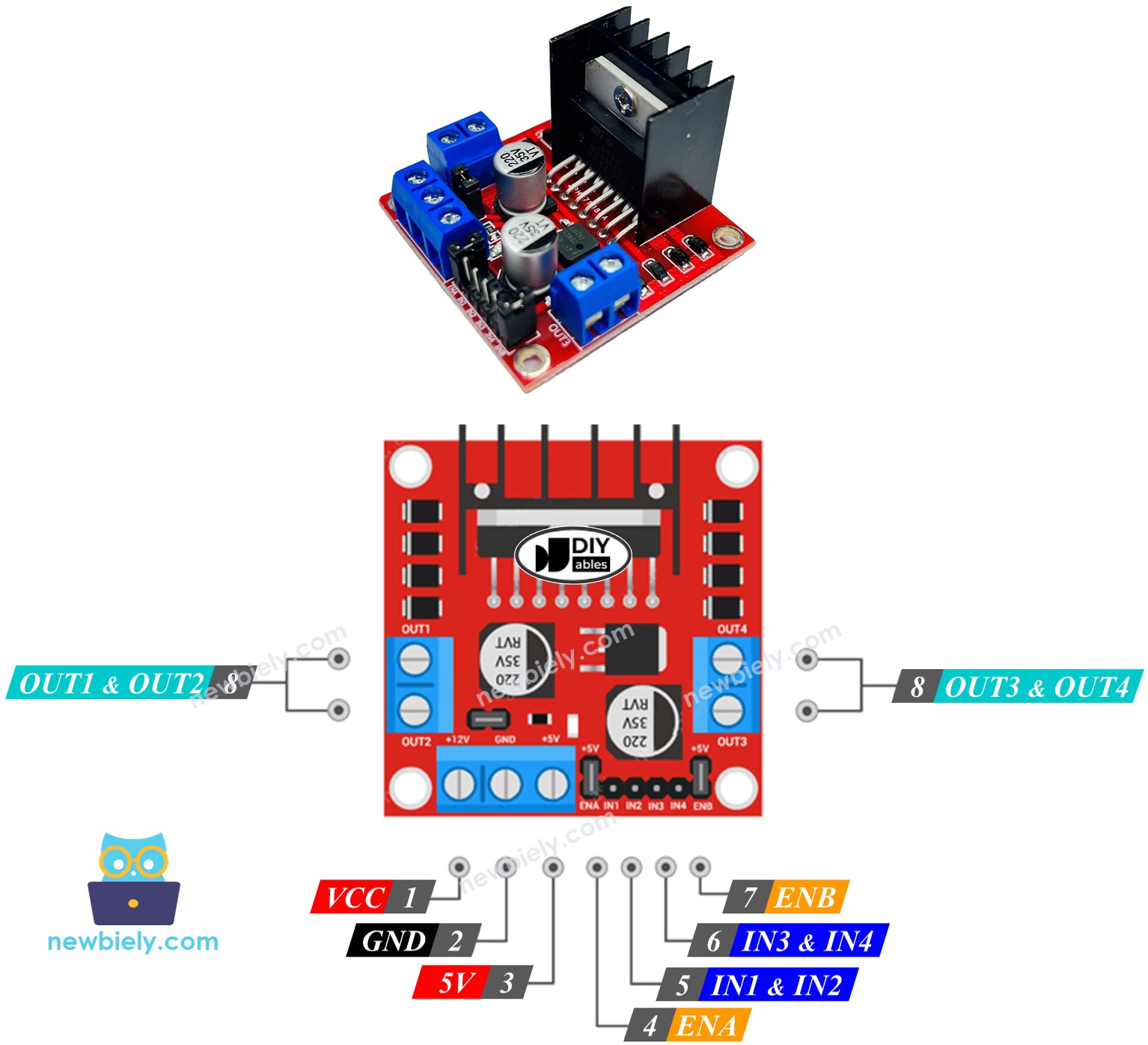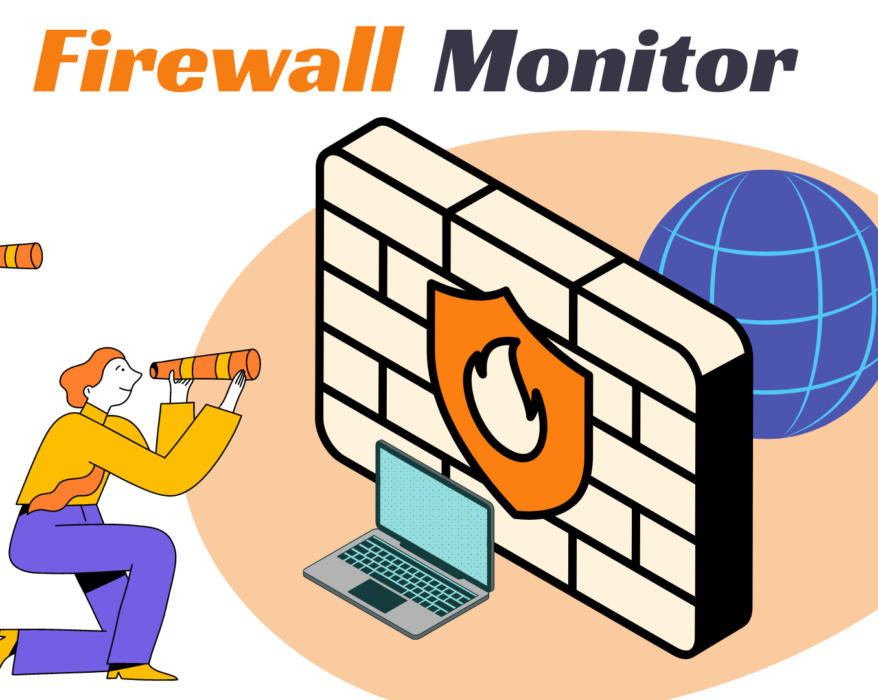Listen up, tech enthusiasts! If you're diving into the world of IoT devices and remote networking, understanding how a RemoteIoT firewall works is absolutely crucial. Whether you're a seasoned IT pro or just starting out, securing your network from potential threats is no longer optional—it's a necessity. RemoteIoT firewalls act as your digital bodyguard, ensuring your connected devices and sensitive data stay safe. So, let's break it down and make sure you're fully equipped to protect your network like a pro.
Imagine this: your smart home is filled with IoT devices—smart thermostats, cameras, doorbells, and more. These devices are awesome, but they also open up new vulnerabilities. Hackers are constantly looking for ways to exploit these weak points, and that’s where a RemoteIoT firewall comes in. This tutorial will guide you through the basics, setup, and advanced techniques to keep your network as secure as Fort Knox.
Don’t worry if you’re not an expert in cybersecurity. This guide is designed to be easy to follow, whether you’re configuring a firewall for the first time or brushing up on your skills. Let’s dive in and make sure your network stays safe, secure, and hacker-free. Ready? Let’s go!
Read also:Who Was Tim Duncans Wife Unveiling The Life And Legacy Of Tim Duncans Spouse
Table of Contents
- Introduction to RemoteIoT Firewalls
- What is a RemoteIoT Firewall?
- Why Are RemoteIoT Firewalls Important?
- How Does a RemoteIoT Firewall Work?
- Types of RemoteIoT Firewalls
- Step-by-Step Setup Guide
- Best Practices for Using RemoteIoT Firewalls
- Common Issues and Troubleshooting
- Advantages of Using a RemoteIoT Firewall
- Future Trends in RemoteIoT Firewalls
- Conclusion
Introduction to RemoteIoT Firewalls
Let’s start with the basics. A RemoteIoT firewall is essentially a protective barrier that sits between your IoT devices and the rest of the world. It filters incoming and outgoing traffic, ensuring only legitimate data gets through. Think of it as a bouncer at a club—only the right people (or data) get in.
IoT devices are everywhere, and they’re only going to become more prevalent. From smart homes to industrial applications, the potential for security breaches is higher than ever. That’s why having a solid firewall strategy is essential. This section will give you a broad overview of what to expect and why RemoteIoT firewalls are so important.
What is a RemoteIoT Firewall?
Alright, let’s get technical for a moment. A RemoteIoT firewall is a specialized type of firewall designed specifically for IoT devices. Unlike traditional firewalls, which focus on computers and servers, RemoteIoT firewalls are tailored to handle the unique challenges of IoT networks.
Key Features of RemoteIoT Firewalls
- Advanced packet filtering
- Deep packet inspection
- Real-time threat detection
- Automatic updates and patches
These features make RemoteIoT firewalls particularly effective at stopping threats before they can penetrate your network. Whether it’s malware, unauthorized access, or DDoS attacks, a well-configured firewall will keep your devices safe.
Why Are RemoteIoT Firewalls Important?
Here’s the deal: IoT devices are often less secure than traditional computers. Many of them lack robust security features, and that makes them easy targets for hackers. A RemoteIoT firewall acts as an additional layer of protection, ensuring that even if one device is compromised, the rest of your network stays safe.
Consider this: according to a recent study by Symantec, over 60% of IoT devices are vulnerable to attacks. That’s a staggering number, and it highlights just how critical firewalls are in today’s connected world. Without one, you’re basically leaving the door wide open for cybercriminals.
Read also:Donovan Lee Freeman The Rising Star In The Spotlight
How Does a RemoteIoT Firewall Work?
So, how exactly does a RemoteIoT firewall function? At its core, it works by analyzing all incoming and outgoing traffic. It checks each packet of data against predefined rules and policies, allowing or blocking it based on those criteria.
Components of a RemoteIoT Firewall
- Packet Filters: Basic filtering mechanism
- Stateful Inspection: Tracks active connections
- Intrusion Detection Systems (IDS): Identifies potential threats
- Intrusion Prevention Systems (IPS): Blocks detected threats
By combining these components, a RemoteIoT firewall provides comprehensive protection against a wide range of threats. It’s not just about stopping attacks—it’s about preventing them from happening in the first place.
Types of RemoteIoT Firewalls
Not all firewalls are created equal. There are several types of RemoteIoT firewalls, each with its own strengths and weaknesses. Let’s take a look at the most common ones.
Hardware vs. Software Firewalls
Hardware firewalls are physical devices that sit between your network and the internet. They’re great for large-scale deployments, but they can be expensive. On the other hand, software firewalls are installed directly on your devices and offer more flexibility.
Cloud-Based Firewalls
Cloud-based firewalls are becoming increasingly popular, especially for remote work setups. They’re scalable, easy to manage, and often more cost-effective than traditional solutions.
Step-by-Step Setup Guide
Now that you understand the basics, let’s walk through setting up a RemoteIoT firewall. This guide assumes you’re starting from scratch, so don’t worry if you’re new to this.
Step 1: Choose the Right Firewall
Pick a firewall that suits your needs. Consider factors like budget, scalability, and ease of use. Popular options include pfSense, Sophos, and Fortinet.
Step 2: Install and Configure
Once you’ve chosen your firewall, follow the manufacturer’s instructions to install it. Most firewalls come with a user-friendly interface that makes setup a breeze.
Step 3: Define Rules and Policies
Set up rules to control which devices and applications can access your network. Be specific—blocking unnecessary traffic can significantly reduce your attack surface.
Step 4: Test and Monitor
After everything is configured, test your firewall to ensure it’s working correctly. Regularly monitor its performance and update it as needed.
Best Practices for Using RemoteIoT Firewalls
Here are some tips to get the most out of your RemoteIoT firewall:
- Keep firmware and software up to date
- Use strong, unique passwords for all devices
- Segment your network to limit exposure
- Regularly review logs for suspicious activity
Following these best practices will help you maintain a secure network and reduce the risk of breaches.
Common Issues and Troubleshooting
Even the best firewalls can encounter issues. Here are some common problems and how to fix them:
Problem: Slow Network Performance
Solution: Optimize your firewall’s settings to reduce overhead. Consider upgrading hardware if necessary.
Problem: Blocked Legitimate Traffic
Solution: Review and adjust your rules to ensure they’re not too restrictive. Test changes carefully to avoid unintended consequences.
Advantages of Using a RemoteIoT Firewall
Using a RemoteIoT firewall offers numerous benefits:
- Enhanced security for IoT devices
- Improved network performance
- Centralized control and management
- Reduced risk of data breaches
These advantages make RemoteIoT firewalls an essential tool for anyone managing an IoT network.
Future Trends in RemoteIoT Firewalls
As technology continues to evolve, so do firewalls. Future trends include:
- Artificial intelligence for threat detection
- Increased integration with cloud services
- More user-friendly interfaces
- Enhanced automation capabilities
Stay tuned for these exciting developments, and make sure your firewall setup is ready to adapt to the future.
Conclusion
That’s it, folks! You now have a comprehensive understanding of RemoteIoT firewalls and how to use them effectively. Remember, securing your network is not a one-time task—it’s an ongoing process. Keep learning, stay vigilant, and don’t hesitate to reach out if you have questions or need further assistance.
Feel free to share this article with your friends and colleagues, and don’t forget to leave a comment below. Let’s keep the conversation going and make the internet a safer place for everyone!
![[PDF] Firewall free tutorial for Beginners](https://www.computer-pdf.com/documents/covers/0175-firewall-tutorial.pdf.png)


